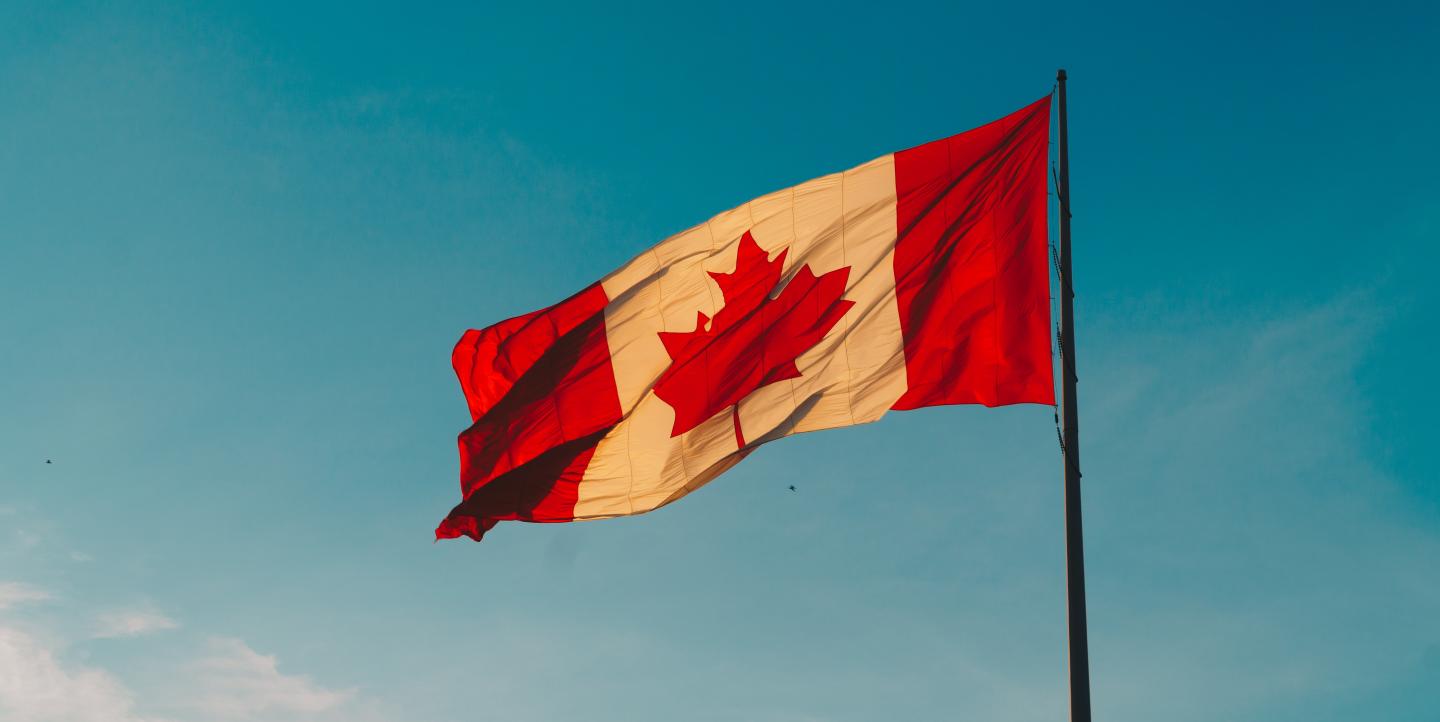As Canada’s media contends with major financial instability, newsrooms are laying off their journalists.
In December, the Canadian Broadcasting Corporation (CBC), Canada’s public broadcaster, announced it was cutting 600 jobs due to a $125 million budget shortfall. About 200 vacant positions will be scrapped and programming will be reduced.
Reasons for the budget pressures include declining television revenue from advertising, growing competition, and rising costs of production.
“When I saw that news, I said if CBC is being hit this hard in this economy at this time, that's not a good sign for everyone else,” said Jennifer Hollett, executive director at The Walrus, an independent, non-profit media organization. “You'd like to think there's more stability in the public broadcaster. But they are still operating in the same landscape as the rest of us, whether it's non-profit or for-profit journalism.”
A pervasive issue
The CBC is not alone. Media outlets across the country are facing financial pressures due to dwindling revenue sources.
In September, Metroland Media Group, one of Canada’s largest news publishers, filed for bankruptcy protection. The move involves 650 layoffs and the company will cease publishing its weekly community newspapers across Ontario.
According to government figures, more than 450 news outlets in Canada have closed since 2008. At least one third of Canadian journalism jobs have disappeared during that period. More than 60 of these closures have occurred since 2020.
“It’s tough to watch because media cuts hurt everyone,” said Hollett. “It’s sad to see our peers lose their livelihoods. Even if you don't know anyone in the media, you will see the impact in what you're reading or, more importantly, what you're not reading.”
The Online News Act
In June 2023, the Canadian government passed a controversial law called Bill C-18, also known as the Online News Act. The law compels tech companies such as Meta and Google to compensate news businesses when their content is made available on their platforms. The government cited loss of advertising revenues as the main reason for introducing the legislation.
Meta responded by blocking Canadian outlets from publishing news on their platforms, including Facebook and Instagram.
Google threatened to take similar action. However, the government announced in November that it had reached an agreement with Google for the tech company to pay $100 million annually to news outlets in the country.
“It's been a pretty terrible, no good, very bad year for the media,” said Brent Jolly, president of the Canadian Association of Journalists. “Most large organizations have been impacted by this right across the country in English and in French-speaking publications. That's something we have to be really wary of.”
Jolly is hoping circumstances will improve this year for the media, especially with the Online News Act and the funds that will come from its implementation. He noted that the government has also expanded tax credits to support the media.
“I'm trying to be optimistic and think that maybe the worst of this situation is over in terms of the financial precarity. I'm not entirely convinced there's much more room to cut anywhere,” he said. “Ultimately, it's journalists who are on the front lines, who are the ones who bear that misfortune when it does happen.”
Way forward
To improve their sustainability, Hollett recommended that news outlets diversify their revenue and funding models.
“Media organizations need to continue to innovate and find audiences where they are spending their time in order to diversify their revenue sources because I don't think we can rely on one source,” she said. “But we also need to pay for news and invest in news if we want to help the media landscape.”
The Walrus raises funds through sponsorships, partnerships and event series. “We have the Walrus Lab, which is an in-house creative agency where we work with brands and the money from that work goes back into our journalism,” Hollett said. “We also have subscriptions and advertising. We're not dependent on one source of revenue.”
In 2020 when the pandemic hit, The Walrus moved to online events, she explained. These offerings have remained popular with their audiences.
“That's why we're here two decades in and we're looking at the next two decades because we explore innovative, diverse revenue models,” she said. “We're not just dependent on advertising and subscriptions; I would say that's the traditional print model.”
Meanwhile, Jolly said the Canadian Association of Journalists will put together a guide for journalists on how to raise funds. It will include recommendations of tools at their disposal to help make informed decisions about the best way to run their businesses to sustain their work.
“I think what we're seeing now more and more is different news outlets asking for additional subscriptions and trying to do fundraisers to hire reporters,” he said.
There isn't one clear solution to surviving revenue shortfalls, Hollett agreed. She noted that small outlets and legacy newsrooms alike are experimenting to find paths forward.
“I think there are so many big challenges going on around the world right now that the media in crisis might not make the top 10 things the average person is caring about,” she said. “But the ongoing job cuts and financial crisis are definitely a threat to our democracy. We only have a healthy Canada if we have a strong, healthy, independent press.”
Photo by Hermes Rivera on Unsplash.


